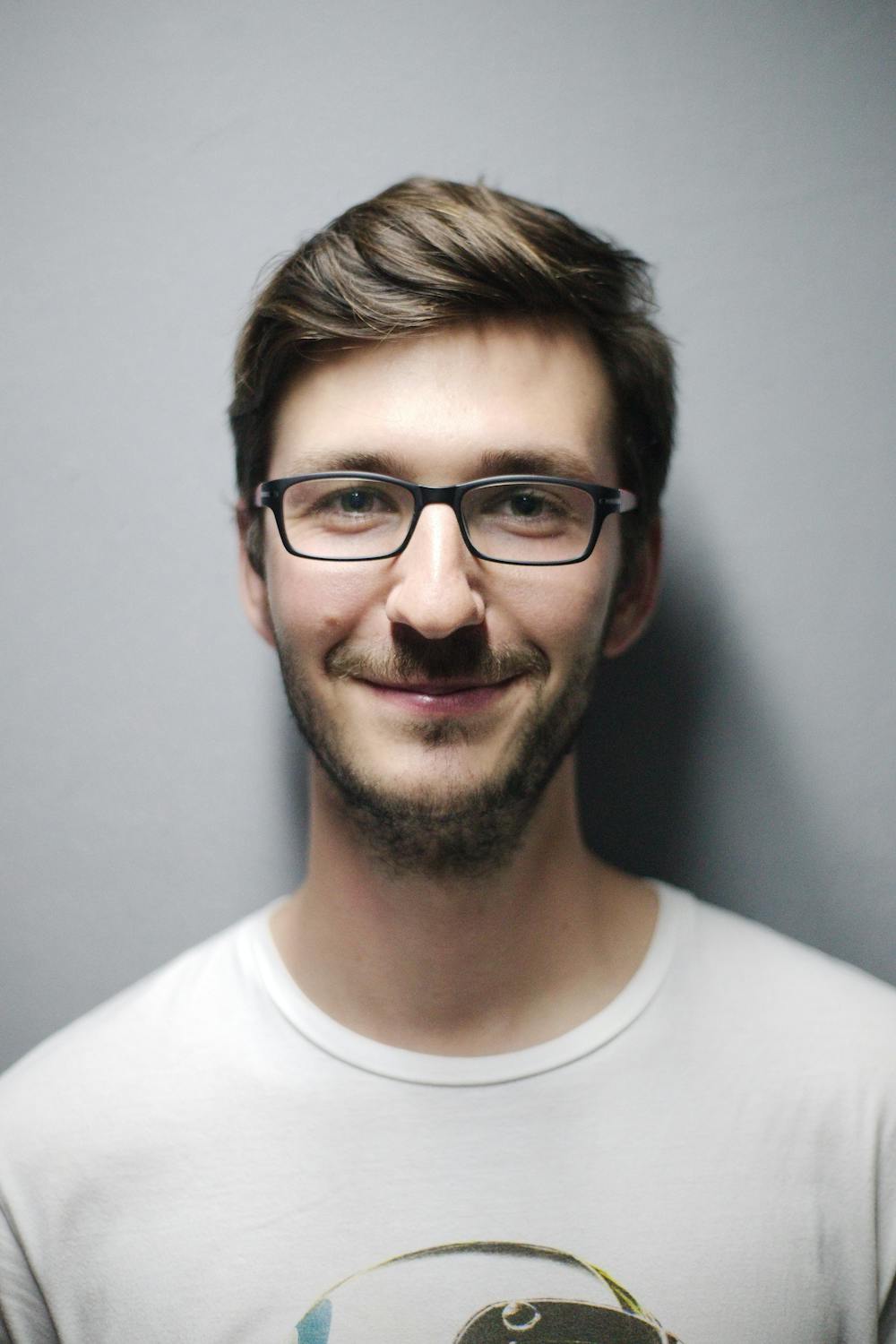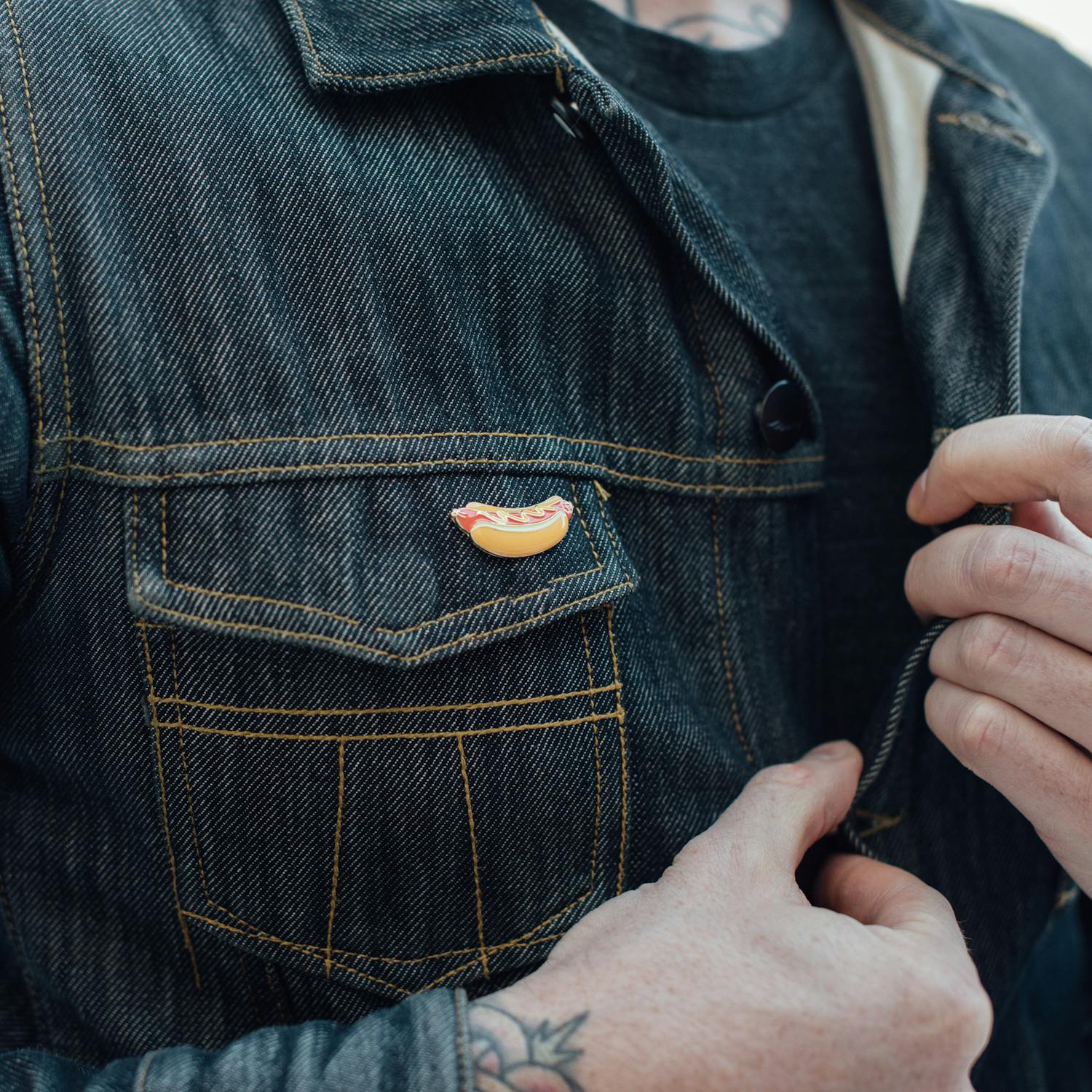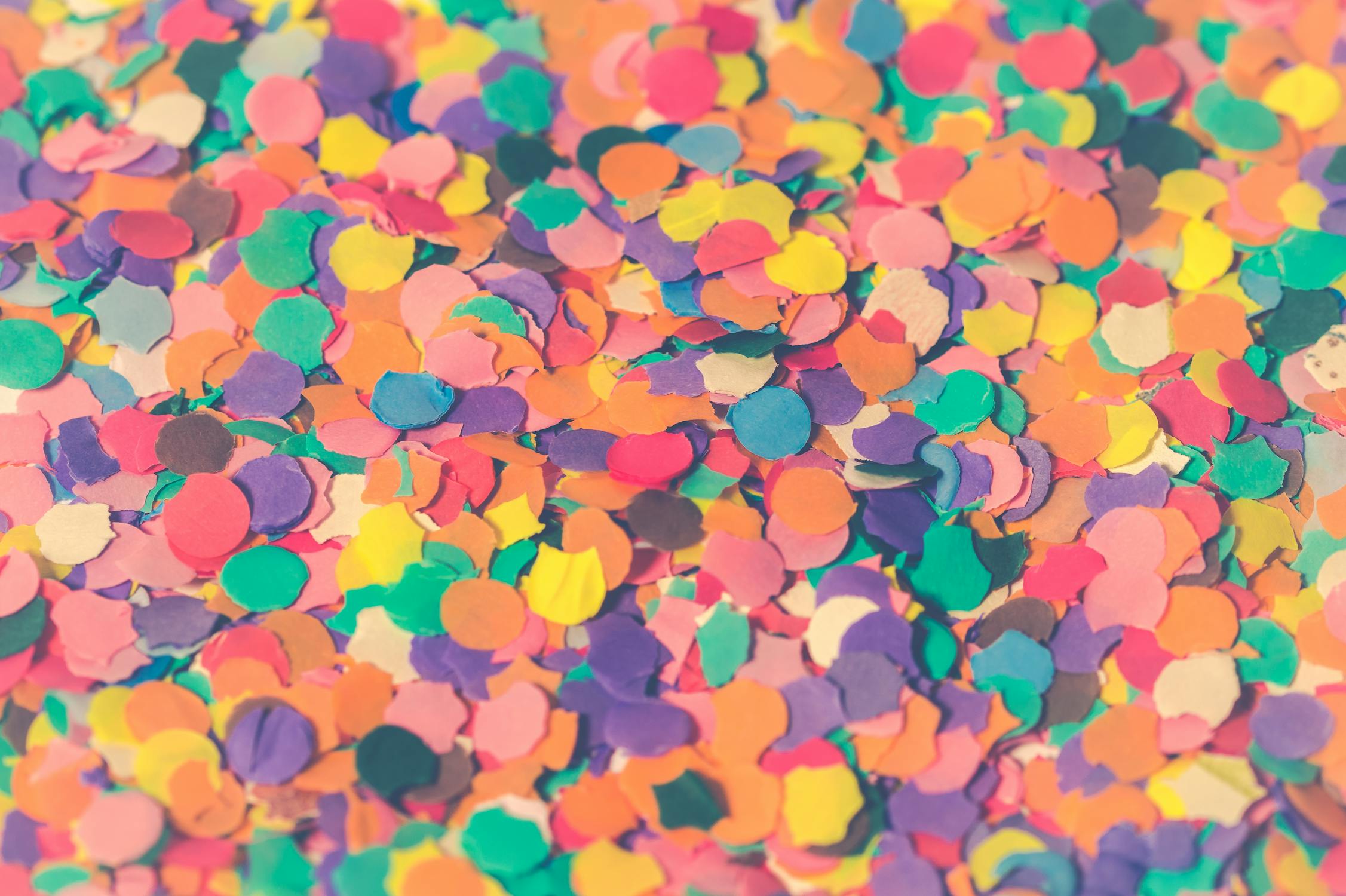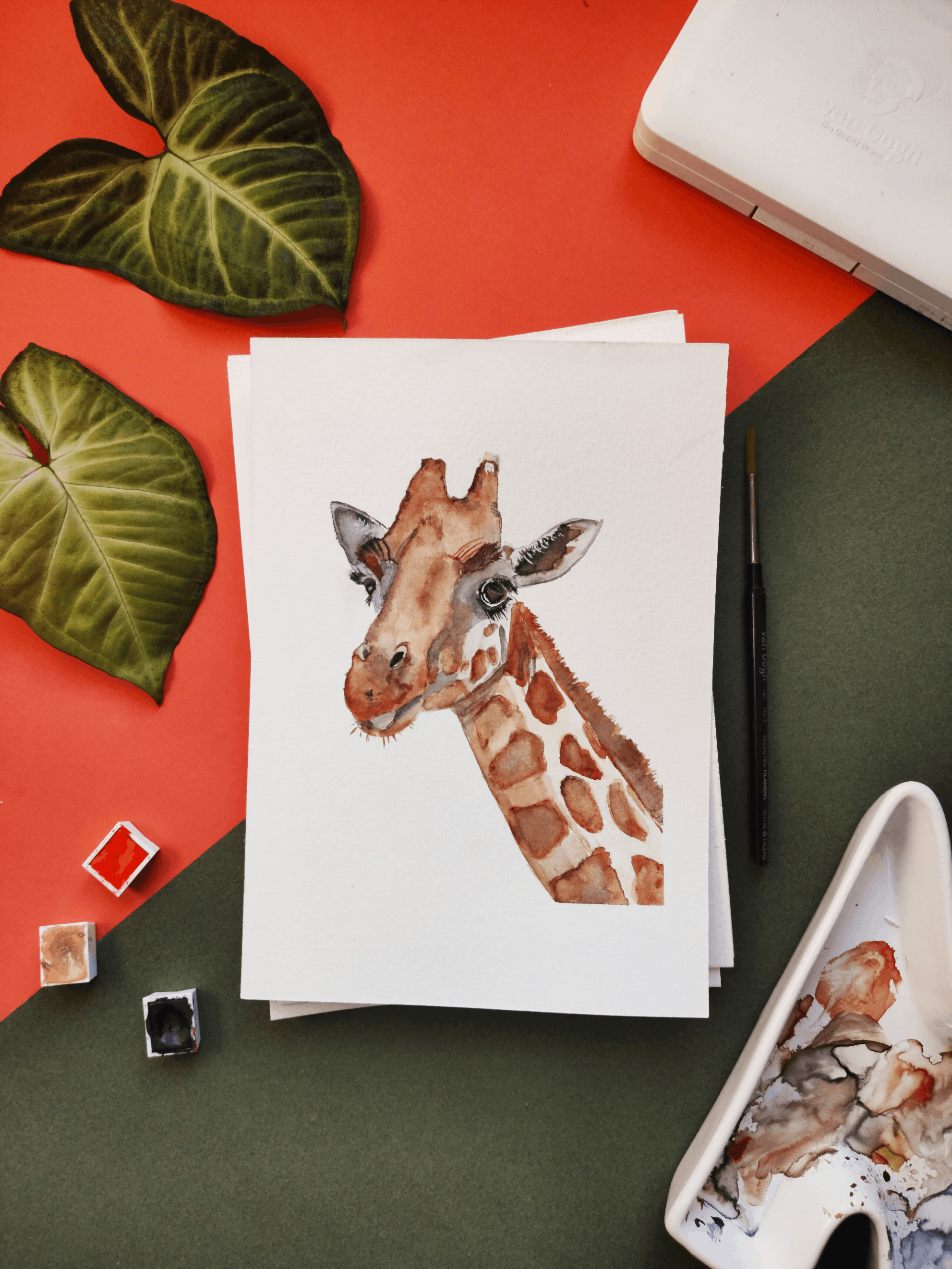Exploring New Horizons: Art, Ai
Exploring New Horizons: Art, Ai
From Canvas to Algorithm: Deconstructing the Emotion of AI Art
Picking up where we left off, pondering the complexities of AI-generated humor, we now turn our gaze towards an even more profound human experience: emotion. Can AI art, born from algorithms and data, truly evoke the same depth of feeling as a masterpiece born from the human soul? 🤔

The Language of Emotion in Art
For centuries, art has served as a universal language of emotion. A single brushstroke on a canvas, a carefully sculpted curve, can communicate joy, sorrow, anger, or love more powerfully than words ever could. This emotional resonance stems from the artist's ability to infuse their own experiences, their own humanity, into their creations.
Think of Edvard Munch's "The Scream." The distorted figure, the swirling sky, and the palette of jarring colors all work together to convey a sense of raw, existential dread. We don't need to know the specifics of Munch's personal struggles to connect with the overwhelming anxiety depicted in the painting.

Can AI Replicate the Human Touch?
This is where the debate surrounding AI art becomes particularly fascinating. AI, in its current form, lacks the capacity for genuine emotional experience. It can process data, identify patterns, and even mimic human creativity, but can it truly *feel*? Can it imbue a piece of art with the same emotional weight that a human artist can?
Some argue that the very act of programming an AI with artistic principles is itself a form of human expression. The choices we make, the datasets we feed the AI, and the parameters we set all influence its creative output. In this sense, AI art could be seen as an extension of our own creativity, a reflection of our own artistic sensibilities.
The Evolving Relationship Between Art and Technology
The emergence of AI art challenges us to reconsider the very definition of art itself. Is emotional resonance an essential component of a truly moving piece? Or can we find beauty, wonder, and even a sense of connection in art that originates from a different source, a source driven by algorithms and data?
Perhaps the most exciting aspect of this burgeoning field is the potential for collaboration. Imagine human artists harnessing the power of AI to enhance their own creativity, to explore new artistic frontiers, and to push the boundaries of what's possible in the realm of art.

As we continue to explore the intersection of art and artificial intelligence, we'll undoubtedly encounter new questions, new challenges, and new possibilities. One thing is certain: the world of art is evolving, and AI is playing an increasingly prominent role in shaping its future. 🤖🎨

Comments
Post a Comment